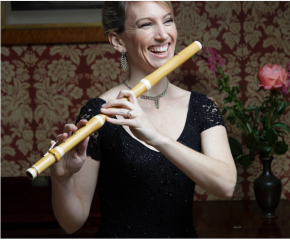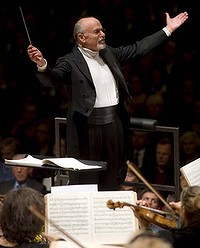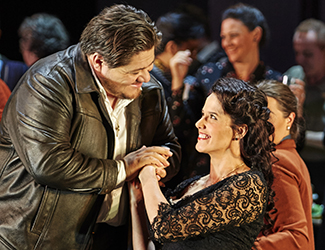Concert Review: Australia Quartet ‘Transfigured Night’

Australia Quartet
Transfigured Night, Thursday 31 October, Utzon Room Sydney Opera House.
Programme:
Kats-Chernin E: Scherzino (2013) World Premiere.
Schoenberg A: Verklärte Nacht (Transfigured Night) arr. Barton Staggs,
Schumann R: Piano Quartet in E flat major, op.47.
In a well balanced programme of old elements and new, the Australia Quartet’s offerings proceeded in reverse chronological order offering innovation in the first half of the evening, and the comfort of the familiar in the second half. The ensemble also made a point concerning the ‘accessibility’ of existing works by making them more easily performed through transcriptions for smaller forces.
Opening the performance, composer Elena Kats-Chernin made a rare public appearance at the piano, sharing the keys with Tamara-Anna Cislowska, violinist Veronique Serret, violist James Wannan and cellist Thomas Rann in an improvisation of a new arrangement of Scherzino (2013), transcribed especially for the ensemble. This is her most recent orchestral work, premiering as the chamber version for piano quartet (plus1!).
Sprightly C minor ostinato chords rang out from the piano, with the strings joining in fugal fashion, handing the thematic material to each other, each instrument allowed to state its point of view as the others adopted a continuo role. The mood moved from whimsical to dissonant and surreal, with the composer never afraid to explore the dark side, especially effective as expressed by the lower strings. Informed by the ‘busy-ness’ of the Baroque, a very entertaining and considered piece of music, performed in style.
Mention the music of Arnold Schoenberg and some might beat a hasty retreat. However, there was a time when his music was written firmly in the late Romantic style, albeit presaging the devices that led him to dispense with tonality in later years. Composed between September and December 1899, Verklärte Nacht (Transfigured Night), opus 4, Schoenberg was strongly influenced by Brahms in his expression of the text by the poet Richard Dehmel. The poem tells of love, transgression, confession, forgiveness and reconciliation.
Schoenberg’s original version for string sextet was rejected by the Vienna MusikVerein in 1899. It was eventually performed there in 1902 and in 1917, Schoenberg created a version for string orchestra. Sydney composer Barton Staggs has transcribed this yet again for string quartet. It is an interesting incarnation. Whilst the rich romanticism of an all string orchestra is absent, the piano provides a clarity of tone. The allocation of parts to the single instruments allows the lines of the music to shine and the piano is not allowed to dominate.
The merit of transcriptions such these lie in that they make music more easily performed and heard. Ultimately, the arrangement by Staggs and the performance by the ensemble stayed true to the message of the music and the text in creating a mood of transcending the earthly.
Schumann’s Piano Quartet in E flat major, op.47 was written in 1842, his “Year of Chamber Music” during which he produced three string quartets, a piano trio, the piano quintet and the piano quartet. The Piano Quartet in E-flat-major, Op. 47, was the last of the series, and given the intensity of his chamber music writing that year, he had refined many of the devices used in this intimate and charming work. It is additionally, a showcase for the musicians who have to move quickly from the melodic to a scherzo, and the aching cantabile of the 3rd movement to the counterpoint of the final movement.
The ensemble, each a soloist and an individual in their own right – stripey wedge heels worn by one, purple scarf by another, turquoise shoelaces and red velvet skirt by the remaining two – performed this substantial programme with empathy, technical ease and exemplary musicianship.
Shamistha de Soysa for SoundsLikeSydney©







